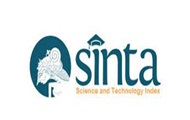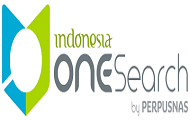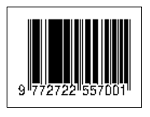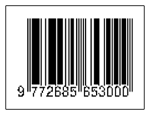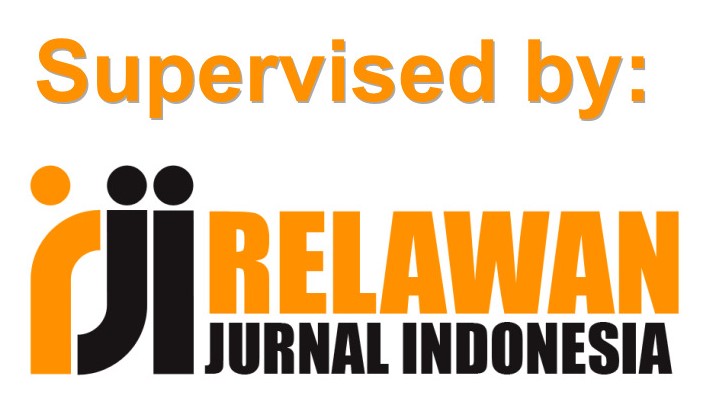Analisis Penggunaan Laba dan Arus Kas Dalam Memprediksi Financial Distress Pada Perusahaan Subsektor Perkebunan Kelapa Sawit Yang Terdaftar Di Bursa Efek Indonesia
DOI:
https://doi.org/10.31851/jmediasi.v5i1.9364Abstract
ABSTRACT
Â
This study aims to test the hypothesis of the use of earnings and cash flow on Financial Distress. This study uses a quantitative method in which the sample is all Oil Palm Plantation Sub-Sector Companies listed on the Indonesia Stock Exchange. The technique used in this study is Purposive Sampling with the criteria of Oil Palm Plantation Sub-Sector Companies listed on the IDX, companies that have published financial statements in the 2018-2021 period, and companies that are not Relisting or Delisting companies. The data analysis technique in this study is to measure the effect of variables, either partially or simultaneously between the independent variables on the dependent variable, using statistical methods, namely classical assumption test analysis, coefficient of determination analysis and multiple linear regression which are processed to produce a regression equation as follows: Y = 3.427 + 3.194X1+ -1.022X2. The results of the research hypothesis were carried out using the t test and f test which showed that the Profit Variable had a significant influence on Financial Distress, the Cash Flow Variable had a significant effect on Financial Distress, and the Profit and Cash Flow Rate Variables had an insignificant effect on Financial Distress.
Â
Keywords : Cash Flow, Financial Distress, Profit
Â
ABSTRAK
Â
Penelitian ini dii tujuankan untuk pengujiani hipotesis penggunaan laba dan arus kas terhadap Financial Distress. Penelitian ini menggunakan Metode Kuantitatif yang dimana sampelnya adalah seluruh Perusahaan Subsektor Perkebunan Kelapa Sawit yang terdaftar di Bursa Efek Indonesia. teknik yang digunakan dalam penelitian ini adalah Purposive Sampling dengan kriteria Perusahaan Subsektor Perkebunan Kelapa Sawit yang terdaftar di BEI, perusahaan yang telah menerbitkan laporan keuangan pada periode 2018-2021, dan perusahaan yang tidak termasuk perusahaan Relisting maupun Delisting. Teknik analisis data dalam penelitian ini adalah untuk mengukur pengaruh variabel baik secara parsial maupun simultan antara variabel independent terhadap variabel dependen dilakukan dengan metode statistic yaitu analisis uji asumsi klasik, analisis koefisien determinasi dan regresi linear berganda yang diolah sehingga menghasilkan suatu persamaan regresi sebagai berikut:  Y= 3,427 + 3,194+ -1,022. Hasil penelitian Hipotesis dilakukan dengan menggunakan uji t dan uji f yang menunjukan bahwa Variabel Laba mempunyai pengaruh signifikan terhadap Financial Distress, Variabel Arus Kas berpengaruh Signifikan terhadap Financial Distress, dan Variabel Tingkat Laba dan Arus Kas mempunyai pengaruh yang tidak signifikan terhadap Financial Distress.
Â
Kata Kunci : Arus Kas, Financial Distress, LabaReferences
Aldiansyah I. M. (2021). Penggunaan Laba Dan Arus Kas Dalam Prediksi Financial Distress Pada PT yang Terdaftar Di BEI. Fakultas Ilmu Sosial dan Humaniora Univ Putera Batam, Batam.
Hery. (2016). Analisis Laporan Keuangan. Jakarta : PT Gramedia Widiasarana Indonesia.
Kementrian Perindustrian (2021). Tantangan dan Prospek Hilirisasi Sawit Nasional. Edisi VI
Kristanti F. T. (2019). Financial Distress Teori dan Perkembangannya Dalam Konteks Indonesia. Malang : Intelegensia Media.
Nailufar F. Dkk,. (2018). Pengaruh laba dan arus kas terhadap kondisi kesulitan keuangan pada perusahaan non bank yang terdaftar di BEI. Jurnal Penelitian Ekonomi Akuntansi. 2 (2), 147-162.
Supriyono S. & Muslimah E. (2018). Perancangan SIM Kas Berbasis Web. Studi Kasus : RS Dr Eti Asharto Batu. Matics, 10 (1), 21.
Downloads
Published
Issue
Section
License
Copyright (c) 2022 Jurnal Media Akuntansi (Mediasi)

This work is licensed under a Creative Commons Attribution-NonCommercial 4.0 International License.
The copyright of the received article shall be assigned to the publisher of the journal licensed under a Creative Commons Attribution-NonCommercial 4.0 International License in line with the license, authors and any users (readers and other researchers) are allowed to share and adapt the material only for non-commercial purposes. In addition, the material must be given appropriate credit, provided with a link to the license, and indicated if changes were made. If authors remix, transform or build upon the material, authors must distribute their contributions under the same license as the original.



